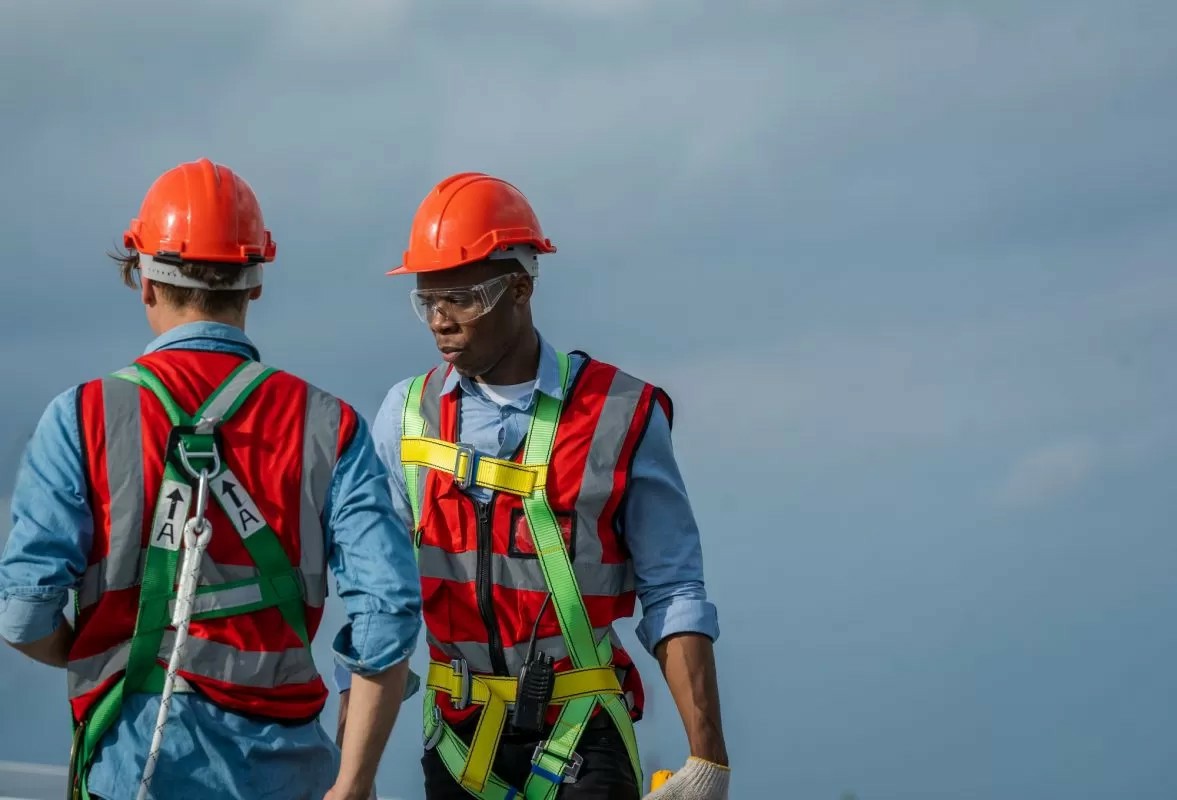


 349,500 Offered Certificates
349,500 Offered Certificates
 24/7 Online Training
24/7 Online Training
 Money Back Guarantee
Money Back Guarantee
 Fully Accredited Courses
Fully Accredited Courses

Created at: 22-02-2025 18:08
In industries where working at heights is an everyday occurrence, safety training becomes vital for ensuring the wellbeing of employees. Understanding the role that Working at Heights Training plays in preventing workplace accidents can be the difference between life and death. This case study will illustrate how effective training programs can lead to safer working environments and reduce the number of accidents significantly.
The statistics speak for themselves. According to safety organizations, falls from height remain one of the leading causes of serious work-related injuries and fatalities across various industries. In recent data, approximately 30% of all workplace fatalities were due to falls, with the construction industry being one of the most affected sectors.
Training in working at heights provides essential education about the risks associated with working above ground, including how to assess situations, use protective equipment correctly, and prepare for emergencies. Organizations must invest in Working at Heights Certification programs to ensure their employees are equipped with the knowledge needed to protect themselves and others.
In a recent case, a construction company in Dublin experienced a near-miss incident due to effective Working at Heights Training. On a typical project day, a worker named David was tasked with installing scaffolding around a multi-story building. He had completed a Working at Heights Course just weeks prior, during which he learned critical safety practices.
As David began his work, he performed a thorough risk assessment of the area—critical training that emphasizes identifying hazards. He discovered that a section of the scaffolding was unstable due to adverse weather conditions and the presence of loose debris below. Recognizing the danger, David immediately informed his supervisor, who was able to redeploy resources and secure the area before any work began.
Another key factor in preventing the potential fall was David's use of the appropriate personal protective equipment (PPE). Trained in how to correctly wear and utilize a harness and lanyard, he secured himself to the scaffolding before investigating the risk zones. This action, guided by his training, exemplified how proper PPE usage can effectively mitigate fall risks.
Furthermore, due to the comprehensive emergency preparedness protocols he had learned, David and his team conducted a mock emergency drill just days earlier. This included instant communication procedures and recovery tactics should an accident occur. Knowing beforehand how to react in the event of a fall provided teams with the confidence necessary to work safely.
The successful prevention of the accident at David’s construction site underscores the importance of ongoing safety training. The statistics regarding the effectiveness of training programs add further financial rationale:
The case of David showcases the profound impact of proper Working at Heights Training in preventing accidents. It is a clear testament to staying proactive in safety training and investing in your team’s education.
Organizations must prioritize safety by ensuring their employees are equipped with the necessary skills through effective and certified training. Investing in Working at Heights Certification is not just about compliance; it is about protecting lives.
If you are interested in keeping your workplace safe, consider enrolling your team in our Working at Heights Course Online. For more information, visit Ireland Safety Training or contact us at [email protected].